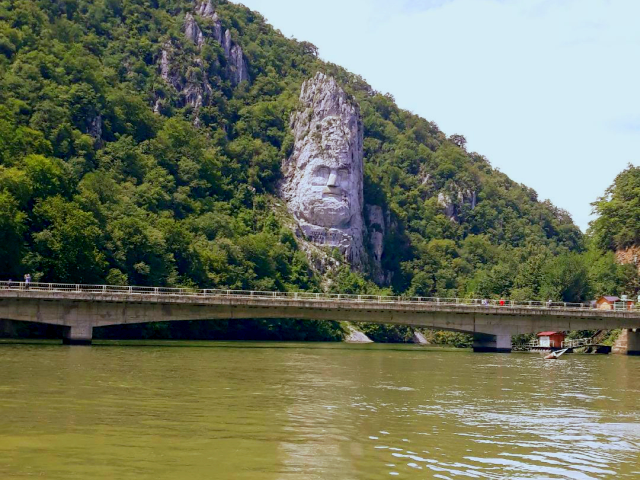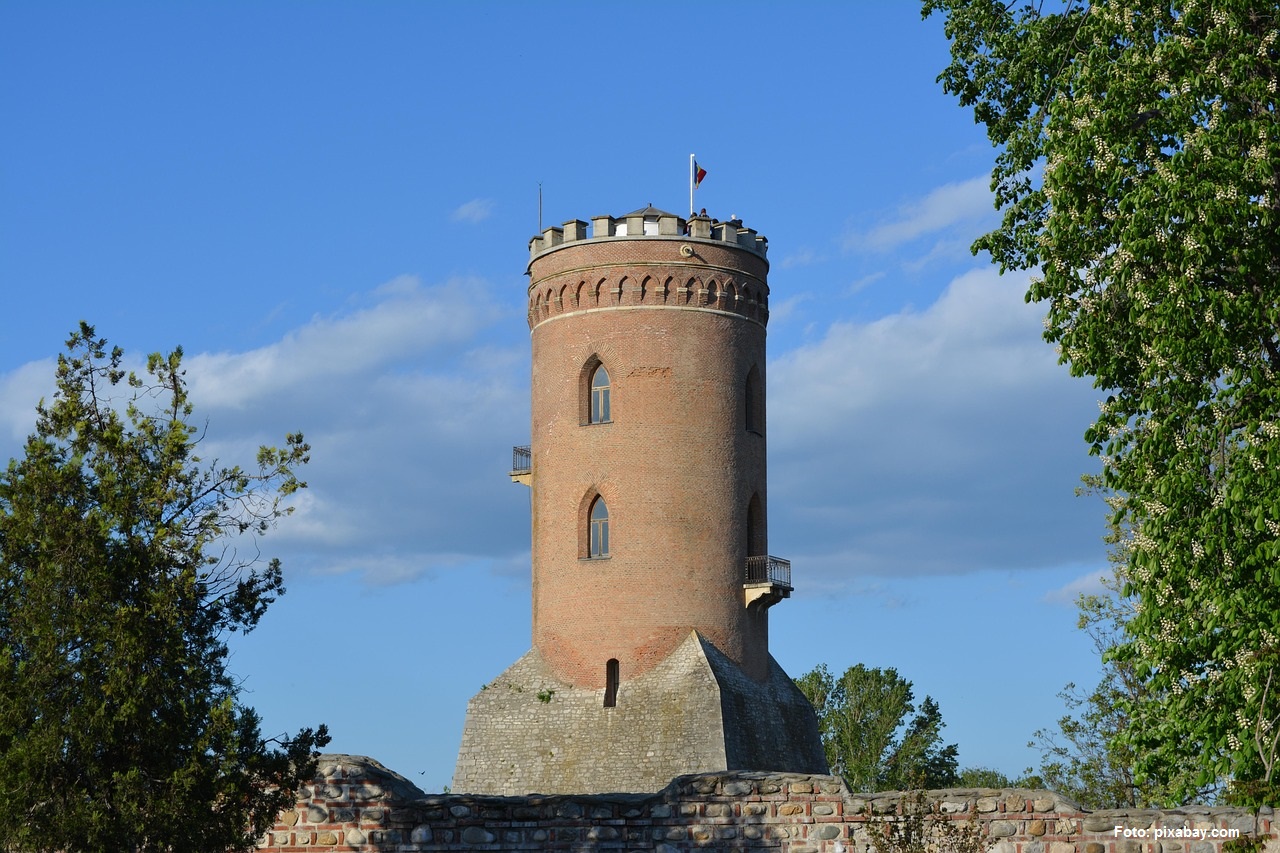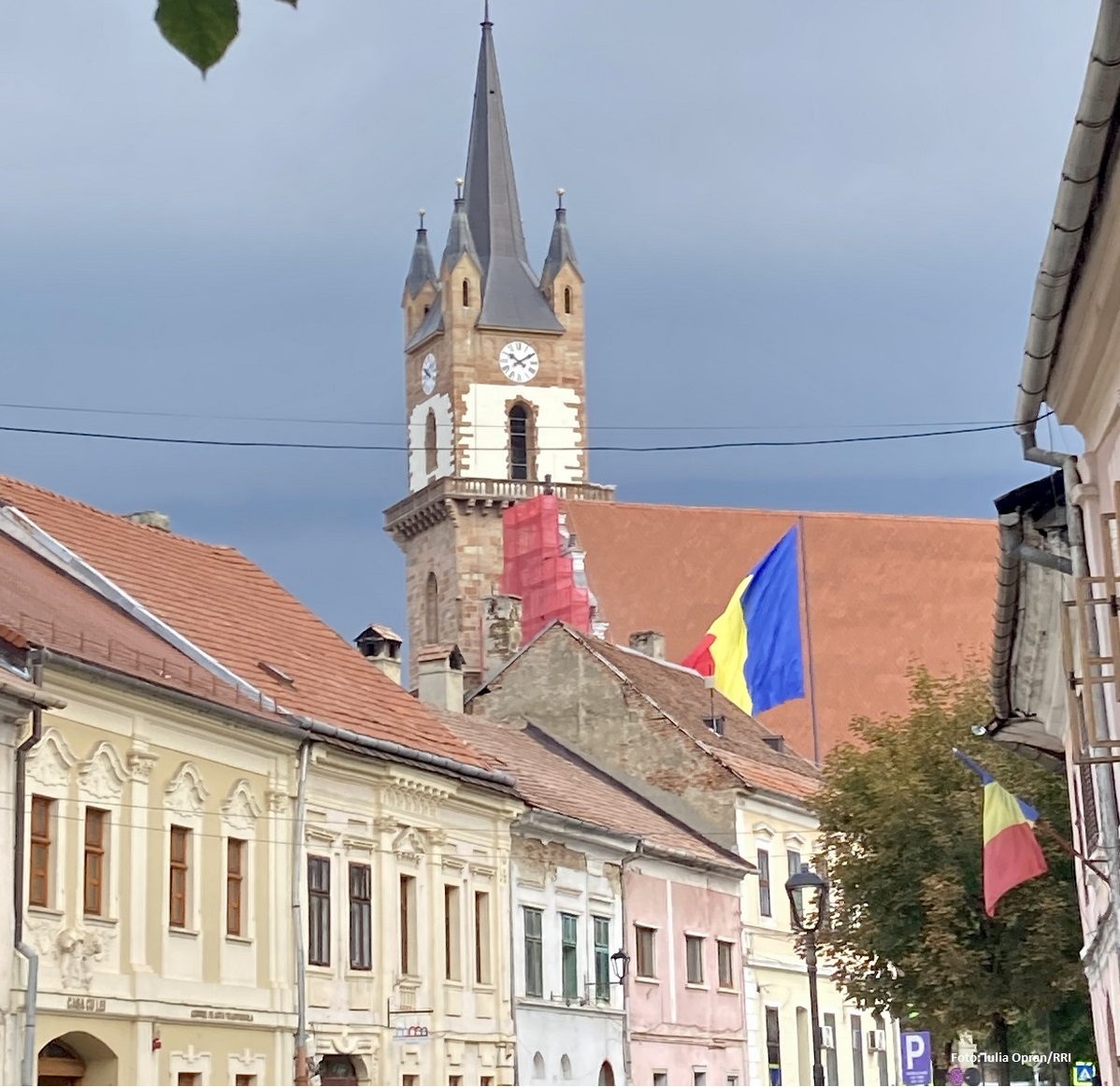Orsova and Cazanele Dunarii
Today we will take a virtual trip to Cazanele Dunarii (Danube's Cauldrons), which are a 9 km section of the Danube Gorges in the Carpathians

România Internațional, 28.05.2020, 23:02
Today we will take a virtual trip to Cazanele
Dunarii, (in English the Danube’s Cauldrons) which are a 9 km section of the
Danube Gorges in the Carpathians. In some places, the river is guarded by
vertical, stone walls, and the landscape is exceptional. Besides the beauty of
nature, the place is worth visiting also for the important monuments it is home
to, as well as excellent accommodation facilities, which can ensure all the
necessary conditions, even in times of social distancing like the one we are
going through these days.
Stoica Marius Simion, the mayor of Orsova, in
Mehedinti County, says that the starting point of a trip to Cazanele should
definitely be Orsova. The town is part of the Iron Gates Nature Park, which stretches
across two counties, Mehedinti and Caras Severin, over an area of some 115
thousand hectares. It is actually the second protected park in Romania.
Here is Stoica Marius Simion with more:
The tourists that come to us are advised to
visit the Roman-Catholic cathedral in Orsova, the only catholic church built
during the communist regime, between 1971 and 1976. It is an important place
for all believers in Orsova, be they German, Romanian, Czech or Hungarian. The mural
painting is quite special. The Road to the Cross, painted by Gabriel Popa,
triggered a lot of controversy, because he used contemporary figures to illustrate
the biblical scenes. In his painting, Gabriel Popa placed, next to Pontius Pilate,
Lenin, who is instigating people against Jesus. Not far from them there stands
John Lenon, as a symbol the joy of Resurrection. The Romanian gymnast Nadia
Comaneci, actors Florin Piersic and Ana Szeles are also among the figures in
the painting. The cathedral stands at the very entrance to Orsova. In 2005, a
plaque was revealed, telling the story of Queen Mary’s crown, which was hidden
in Orsova between 1849 and 1853. A chapel of the crown was erected but it was
destroyed when the main wall of the Iron Gates powerplant was built, in 1970.
Another tourist attraction is Monastery Saint
Ann, on Dealul Mosului (Elderly’s Hill). Here is mayor Marius Simion again:
It’s an elevated area, which dominates the
town. The monastery was built by the interwar journalist Pamfil Seicaru, who
fought in the war, in the Orsova area, in the 18th infantry
regiment. He made a promise during the war, saying that if he was to survive it,
he would build a monastery in the area. A 1.5 km stone road was built in 1935,
and it was named Heroes’ Road. It was guarded by seven shrines, made of oak
tree, also in memory of the heroes that had died in the area. After 1960, all
of them disappeared. The monastery was built between 1936 and 1939, when
Seicaru was the director of the ‘Curentul’ magazine and also a member of the Romanian
Parliament. After 1945, along with the coming of the communists, the building
was turned into a restaurant. It was only in 1990 that the monastery was taken
over by the Metropolitan Bishopric of Oltenia.
Stoica Marius Simion also told us about the
options for those who love hiking:
There is
a hill in the area, Ciucarul Mare, which is only 318 m high, but it’s rich in tourist
routes, just like Ciucarul Mic. The panorama on top these hills is extremely
beautiful, from both the Romanian side and from the Serbian one. Because Serbia
is right across the Danube. The landscape there is extremely beautiful, with
spectacular forms of relief. There are also caves, and I would recommend a
visit to Ponicova, which is the longest cave in the gorges, 25km from Orsova. It
is 1600 m long and piercing through Ciucarul Mare. It also has an exit to the
Danube. So it’s accessible from both land and water. At the entrance to the
cave, the brook with the same name created some short, wild gorges, and also a
25 m natural bridge, at an altitude of 7 meters. The cave is inhabited by wild
animals.
Not far from Ponicova Cave one can visit
another spectacular formation, the Veterans’ Grotto, 27 km from Orsova, as Stoica Marius Simion explained:
They say it’s the first of this kind in
Romania to have been mapped. There are thousands of visitors that come here
very year. It’s one of the main attractions in the gorges. Representatives of
the Iron Gates nature park say it’s actually the most famous Romanian
destination, after the Black Sea Coast. Not far from Dubova and Orsova there
stands the head of Dacian king Decebalus, carved in stone. It’s a 55 m high bas-relief,
on the Romanian side of the Danube. It’s the biggest stone sculpture in Europe
and was funded by the richest man in the country at the time, businessman and
historian Iosif Constantin Dragan. The length of the eyes alone is 4.3 m, and
the nose is 7 meters long. Not far, on the other side of the Danube one can see
the famous Tabula Traiana, Trajan’s Plaque, which is 2000 years old. It was
sculpted in stone, by the Romans, around the year 101. (M.Ignatescu)






























